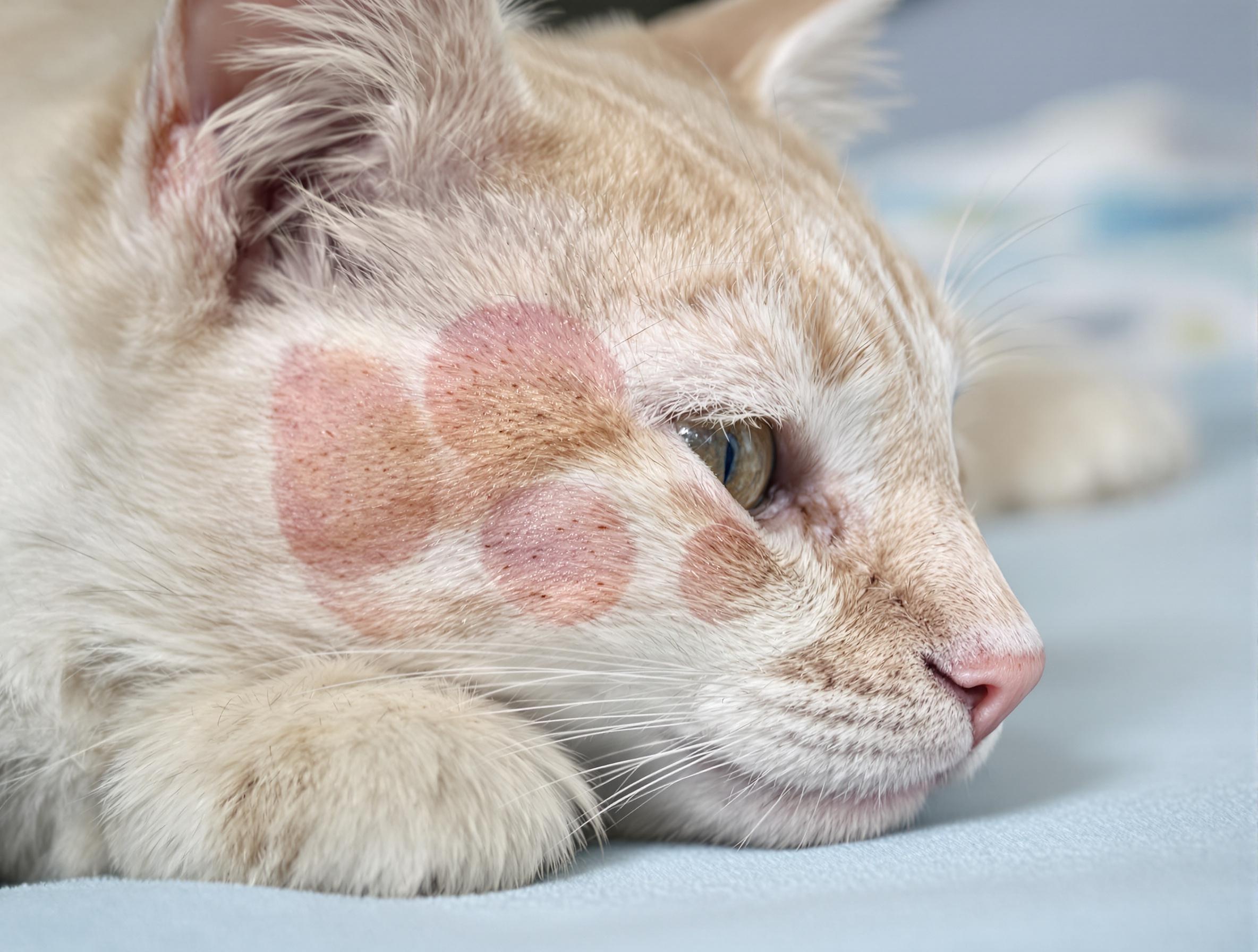When to Spay or Neuter a Cat for Healthier Living

Key Takeaways:
- Spaying or neutering cats between 4 and 6 months significantly reduces the risk of breast tumors in females and testicular cancer in males.
- Early procedures can improve behavior by reducing roaming, spraying, and stress-related behaviors.
- Always consult a veterinarian before deciding on surgery to ensure the timing and care plan align with your cat’s individual health needs.
Why Spaying or Neutering Matters
Figuring out the right time to spay or neuter a cat can really shape their future. The timing can make a big difference in how they grow and behave. It also lowers the risk of health issues and can help your cat feel more relaxed overall. Understanding the process and knowing what questions to ask your vet makes it easier to feel confident about your choice.
Spaying or neutering prevents unwanted litters and helps lower the risk of health issues later in life. Learning about the recommended age for this procedure is a good place to start. You can also explore cat health products at 1800PetMeds.com to support your cat’s wellness before and after surgery.
The Best Age to Spay or Neuter Your Cat
Most veterinarians recommend spaying or neutering by 5 months of age. However, breed and living environment may change this timeline. Female cats can enter heat as early as 4 months, bringing behavioral and health concerns. Early spaying helps avoid these problems and lowers the risk of mammary tumors.
Veterinarians also consider a cat’s size and breed when advising on timing. Certain breeds, such as Maine Coons and Persians, develop more slowly and may benefit from delayed procedures to allow full physical maturity. In contrast, breeds that mature more quickly may be spayed or neutered earlier to prevent complications. Outdoor cats may also benefit from earlier procedures to help prevent pregnancies.
The Benefits of Spaying or Neutering Your Cat
Spaying or neutering has lasting benefits that can support a cat’s well-being for years to come. It not only protects against serious health issues but also reduces certain behavior challenges that can be stressful for both the cat and their family.
Health Benefits
- Female cats face a lower risk of breast tumors, many of which are cancerous, and male cats avoid testicular cancer.
- A more stable metabolism helps with a healthy weight and an active lifestyle.
Behavioral Benefits
- Male cats often spray less, roam less, and become more affectionate.
- Female cats no longer go through heat cycles, leading to fewer behavior problems.
Social Impact
- Fewer litters mean fewer cats in shelters.
- Fixed cats tend to get along better with people and other pets, creating a calmer home.

Tips for a Smooth Recovery After Spaying or Neutering
Getting ready in advance can really help your cat heal well after surgery. Creating a calm space and keeping a close eye on how they’re doing goes a long way in making recovery smooth and stress-free.
- Set up a quiet, warm area with food, water, and a litter box nearby.
- Keep female cats calm for 10–14 days and males for 7–10 days. A small room or crate helps limit movement.
- Check the incision twice daily for redness or swelling. Use an e-collar to prevent licking.
- Offer small portions of regular food once your cat is alert. Kittens usually eat within a few hours, while adults may need more time.
- Schedule a vet check within one week. Call your vet if your cat won’t eat for more than 24 hours or if the incision looks worse.
- Only use pain medicine from your vet. It’s normal for your cat to be sleepy at first, but energy should return gradually.
Support Your Cat’s Long-Term Health
Spaying or neutering is a meaningful way to support a cat’s well-being and reduce the number of unwanted litters. It’s a simple yet effective step that benefits both individual pets and the community. For more support, explore cat supplements and recovery aids to promote healing and ongoing wellness.
Frequently Asked Questions About Spaying and Neutering Cats
When should I schedule my kitten’s spay or neuter surgery?
Most vets recommend scheduling the procedure between 4 and 6 months of age, before your kitten reaches sexual maturity.
What should I do to prepare my cat for surgery?
Follow your vet’s instructions carefully. Usually, food should be withheld the night before, while water can be available until a few hours before surgery.
Is spaying or neutering painful for my cat?
Cats are under anesthesia during the procedure, and vets provide pain management for recovery. Discomfort is typically mild and manageable.
Can my cat go outside after surgery?
Keep your cat indoors for at least 10–14 days while the incision heals to prevent infection and injury.
What are signs my cat’s incision isn’t healing properly?
Watch for redness, swelling, discharge, or an unpleasant odor. Contact your vet if you notice any of these symptoms.
Are there long-term benefits to spaying or neutering?
Yes. The procedure helps prevent certain cancers and behavior issues while contributing to a calmer temperament and reduced overpopulation.
Support Your Cat’s Health at Every Stage
Keep your cat healthy and comfortable with trusted flea and tick prevention products, cat health essentials, and veterinarian-approved supplements from 1800PetMeds.com.




